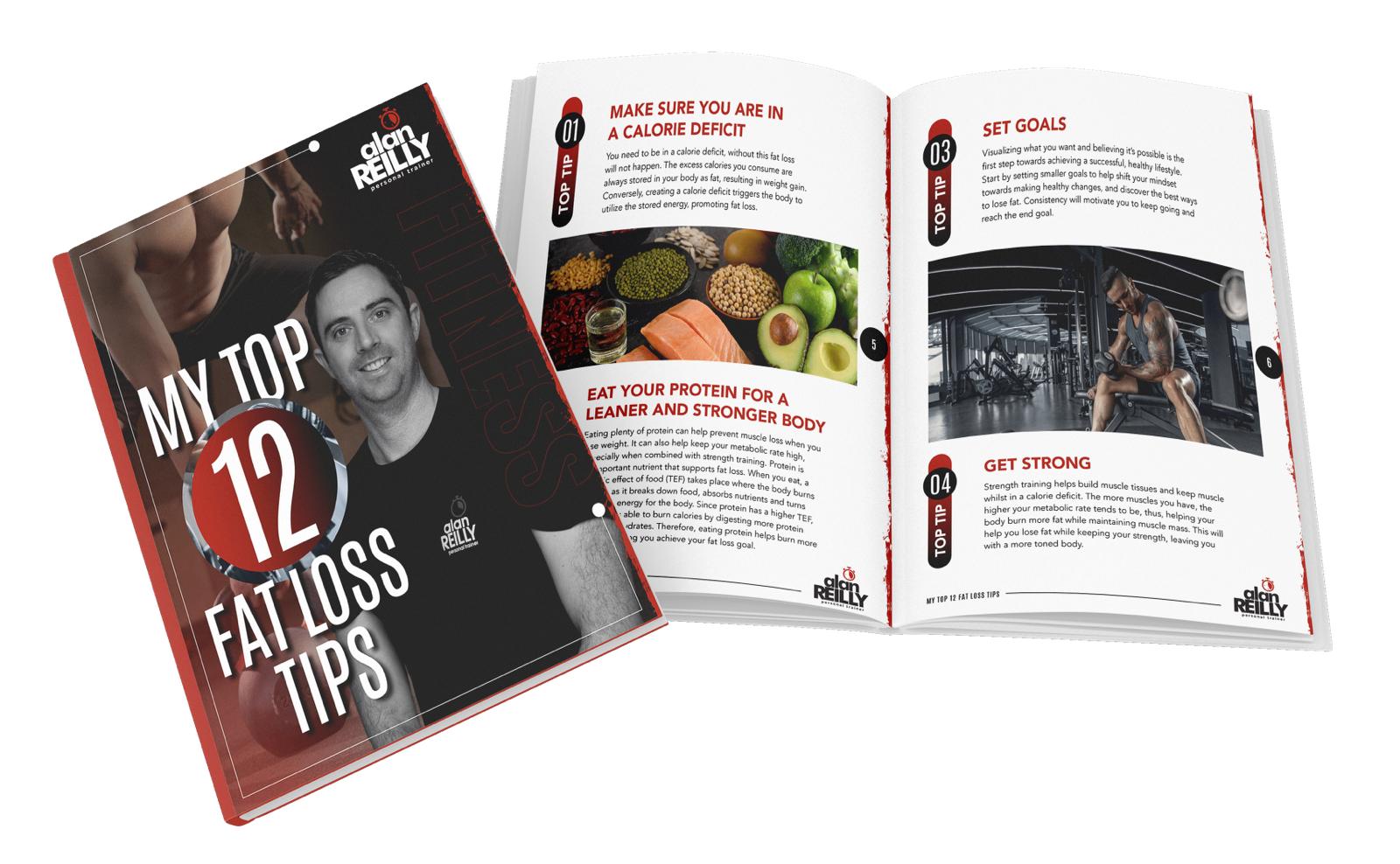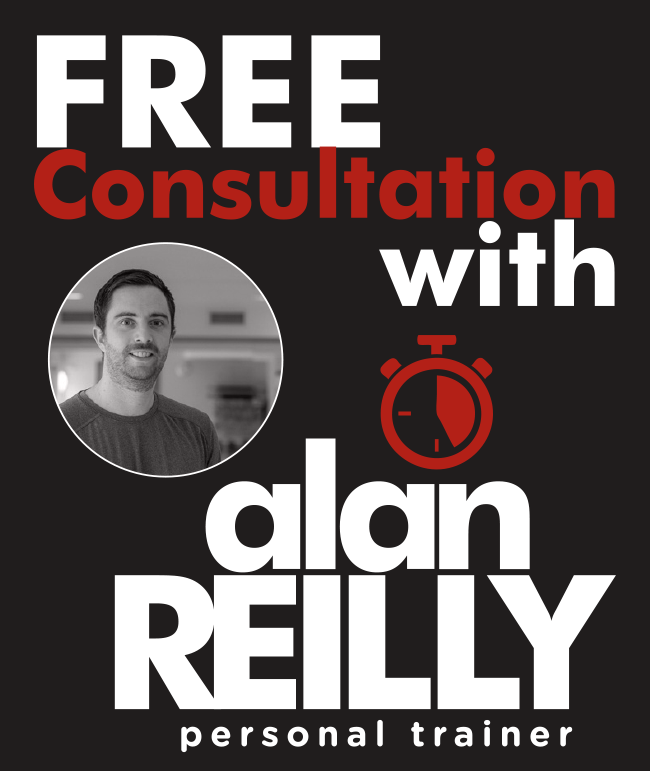The Importance of Protein
- Details
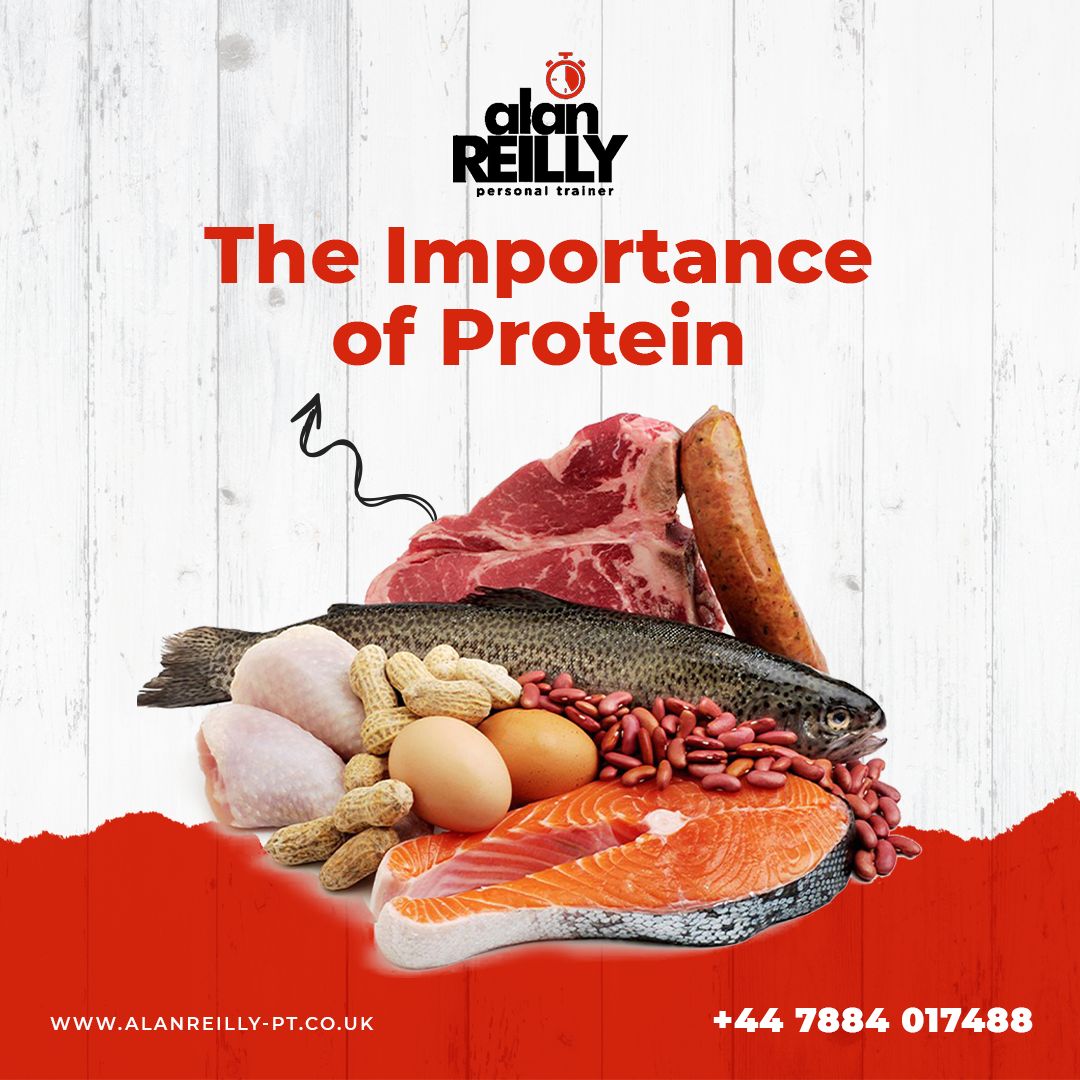
The importance of protein in our bodies
Are you eating enough proteins each day? Protein is an essential macronutrient whose building blocks are amino acids. They are essential for bodybuilding and repair. Since our bodies do not store protein, we should endeavor to eat enough of the macronutrient daily to keep our bodies healthy and in shape.
The Benefits of Eating Protein Sources
Protein packages vary with sources. Including protein sources in your diet routine has the following benefits.
- Protein is an essential building block for all our body cells, muscles, bones, cartilage, skin, hair, nails, enzymes, and hormones, among other tissues.
- It builds new cells and tissues and repairs the old ones after injury.
- Red blood cells contain protein (hemoglobin) that transports oxygen and nutrients to the other body parts.
- The body uses almost half the protein we ingest daily to manufacture enzymes. The enzymes act as catalysts in digestion to make new cells and body chemicals.
- During puberty, protein is essential for hormone regulation, development, and regulation of cells.
Generally, consuming a high-protein diet helps you remain in shape by accelerating recuperation following injury/exercise, minimizing muscle loss and growth of lean muscles, maintaining a healthy weight, and suppressing the feeling of hunger and snack cravings during the day.
The Benefits of Eating Protein Whilst Losing Body Fat
Protein has a higher thermic effect of food (TEF) than carbohydrates or fats. Eating protein-rich foods significantly increase metabolism and surges the number of calories we burn throughout the day. High-protein diets help to burn body fats and maintain a healthy weight in the following ways.
- Protein suppresses hunger hormones and boosts satiety hormones to prevent overeating calories, hence, can help in weight loss.
- Along with exercise, protein helps in lean muscle building, which in return aids in burning more calories in a day.
- High-protein consumption can help you acquire more muscle mass and curb muscle depreciation during weight loss.
- Protein diets help in losing general body weight and belly fat.
- Protein requires more energy to break down, thus, eating a protein-rich diet will help you use more calories during digestion.
Generally, high-protein consumption reduces hunger levels and enhances metabolism, an effective way to lose body fat and maintain a healthy weight.
The Importance of Eating Protein for Building Muscle
Protein is an essential component in muscle building. While the body can manufacture most amino acids, the essential amino acids (EAAs) must be supplied by the food we take. Strength training activities and protein intake stimulate the muscle protein synthesis (MPS) process. The amino acid, leucine, triggers muscle-building (anabolic) processes.
Do you wish to build a masculine physique? A high-protein intake will supply you with the building blocks for your muscle tissue growth, repair, and maintenance. After a strenuous workout, protein will aid in quick recovery since muscles may get slightly torn during workouts.
Experts recommend adequate protein consumption for muscle mass maintenance and the promotion of muscle growth during strength training. High-protein consumption also prevents the loss of muscles when losing weight. Spread your protein intake evenly throughout the day for optimum MPS.
Although both animal-based and plant-based protein sources contain the amino acid for the MPS process, their digestion and absorption rates differ. Eating different protein sources can ensure a constant amino acid supply in your system.
Are you a bodybuilder, weight lifter, or workout trainer desiring to grow your muscles? Eat enough protein to promote muscle growth, maintain muscle mass and strength, and facilitate quick recovery after injury/strenuous training.
The Amount of Protein Required to Eat Whilst Dieting for Fat Loss and for Muscle Gains
Are you trying to lose fat and gain muscle at the same time? The right diet is crucial for you to achieve this body goal. In addition to other nutrients and strength training, eating protein-rich food will enhance muscle growth and fuel fat burning. But, how much protein is enough to achieve this objective?
A protein intake calculator can help you to compute your protein requirement based on your current level of body fat versus the fat loss and muscle gain goals. The calculator is founded on meta-analyses and empirical studies to find out different protein consumption effects on the body. It helps in determining how much protein your body requires for optimum muscle growth and fat loss.
Retaining your caloric consumption while strength training helps in gradual muscle gain and fat loss. You can boost this effect by eating protein quantities per your body’s needs daily. A science-based protein intake calculator will help you determine your daily protein requirement when you intend to lose body fat and gain muscle simultaneously.
The recommended protein intake for muscle gain per day is approximately 1.6-2.2 grams of protein for every kilogram of body weight (0.7-1 g/pound of body weight). This range depends on your exact body goals. Lowering the total caloric intake per day could help to lose more fat. This strategy could work better if you scale up your total daily protein intake between 1.8-2.7 grams per kg of body weight. An alternative formula for computing your protein need is multiplying your typical body weight by 1.6g/kg.
Use the calculator to adjust your daily protein intake based on your level of physical activity, fitness goals, and current body composition. Always remember that increasing your protein intake keeps you feeling full, maintains the body’s resting metabolism, and maintains/boosts muscle mass when you are on a diet.
Protein Needs for Obese and Lean Persons
Are you beginning your fat loss and muscle gain journey from obesity? Since your protein needs depend on your body’s lean mass, an overweight person requires fewer protein grams per body weight kilogram. The recommended protein intake per day for an overweight individual, whose focus is to shed fat, is 1.2-1.5 grams per kilogram of body weight.
Lean individuals with more muscle mass and a low-fat percentage should take more protein to curb muscle loss when losing fat. A protein target of 0.8-1.2 grams per pound of body weight is ideal for such individuals.
How to plan for long term progress
- Details

One thing I always discuss with my clients is how they set up their training cycles for the long run. For example, what happens when you've spent a lot of time in a fat loss stage or better, you've reached your desired fat loss goal.
We allow for long term periodisation but also for you to have a strategy and planning. This does not mean that things can’t be changed or adapted as your training progresses.
Let's take a look at the wording and the meaning before we begin.
A macrocycle refers to a full training block, which would be a multi-month period focused on a specific end goal and in this case 3 months at a time.
A mesocycle is a multi-week period, this is where key adaptations and a strength quality are programmed over multiple weeks.
A microcycle is a training cycle that involves multiple sessions over a week and involves the structure and distribution of training.
These time-frames can alter and this is certainly more biased towards general population clients. For example, an Olympian's macrocycle would be 4 years as that’s the time they have to prepare for each Olympics.
Let’s look in to how we can break this down over a year:
Depending on the client, I work in 3 month macrocycles. Which of course means we have 4 macrocycles over a year.
As an example, if your goal was to improve your body composition:
Macrocycle 1- Fat loss phase. Here is where we look at reducing calories into a negative energy balance.
Macrocycles 2 - If the goal is to lose more fat than this could be another fat loss stage. I suggest a little diet break and then drop calories down again.
Macrocycle 3 - Maintenance- You have now reached your fat loss goal, time to sit back and enjoy the results, whilst upping your food intake.
Macrocycle 4 - Hypertrophy stage. Maybe it's now time to add a bit more muscle tissue to improve body composition further. Trying to push your food into a calorie surplus.
This is just an example of a fat loss client and how we can plan for a full year's training but can we can alter it to any individual and goal. The most important thing is you are now planning for long-term periodisation.
Hope this helps to understand more about how you can start planning for the long term.
I always welcome your comments and feedback, and you can always contact me (click here) for more information or if you want help with setting your goals.
Why Do We Plateau?
- Details
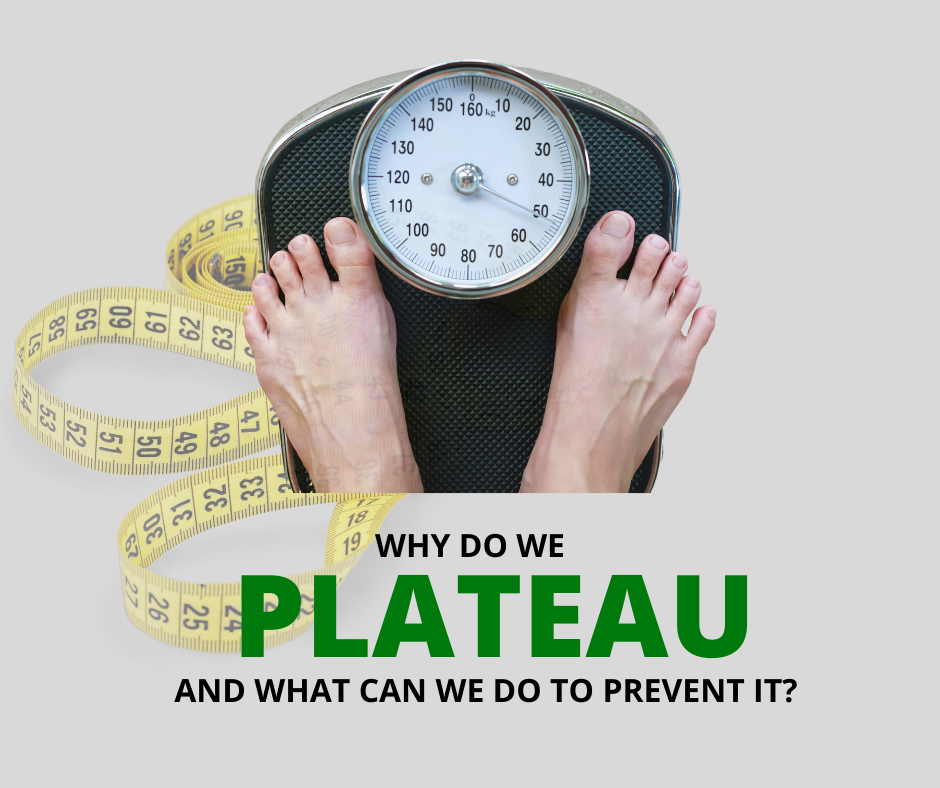
Why Do We Plateau?
If you have lost weight in the past you probably at some point will hit a plateau, but why does this happen?
Everyone eventually will come to a point where their progress will slow down or stop.
This is very frustrating because for some, within 3 weeks your body adapts to the positive changes to dieting and we start seeing some of the negative side effects.
The thing is to remember that your body doesn’t particularly like you dropping weight and will do its best to maintain homeostasis.
This is why quick fat loss may not always be best fat loss. Dropping calories dramatically straight away may sound like a great idea as may lead to results quicker but at the same time your body will adapt quicker and you may have to drop calories further to keep seeing progress.
One thing that happens when you diet is that your metabolic rate will slow down (burning calories when resting) so we need to be aware of this when dropping calorie intake.
To prevent plateauing we can:
1- Reduce calories more
For some individuals this may be the best idea. Depending where they are in their diet and how much weight they need to lose. Personally I like to drop them further, if a client is coming to the end of their dieting cycle and close to their goal weight. Then we look at reversing the calories back up.
2- Diet Breaks
This is a period of 1-2 weeks where you bring your calories back up to maintenance. The idea is to reverse some of the negative adaptions when dieting. This is a preferred option for leaner individuals and you have to take into consideration whilst bringing your calories up to maintenance you wont be losing weight.
3- Reverse Diet
This is really for someone who has his a plateau for a very long time. Living on low calories for months, even years.
A typical example of this is someone who has dropped weight in the past but still wants to drop more but cant because they have lived on really low calories for far to long.
The problem with this is you now have no where to go, you are already living on crazy low calories, so dropping them more would be dangerous and unsustainable.
The reverse diet is a way of slowly adding calories back in to your diet whilst not adding to much weight gain. Once you reach a point where your calories are back to base line, you can then slowly bring them back down again and start dropping weight on higher calories.
Has your weight dropped and now stalled after 2 or 3 weeks?
- Details
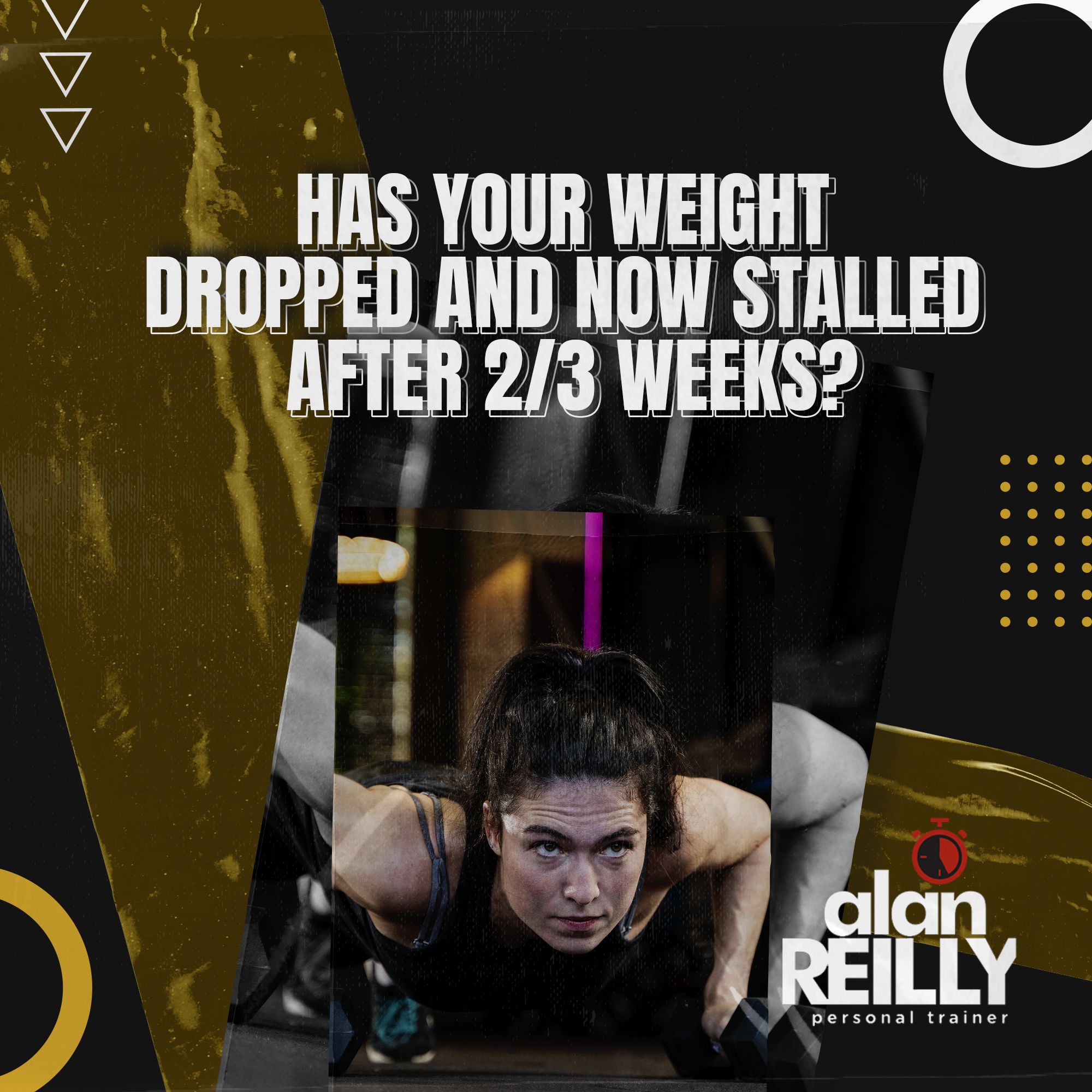
Weight dropped and now stalled after 2/3 weeks?
One of the biggest errors I see is the lack of periodisation in someone’s training, nutrition and step target.
We want to see results quickly at the start whilst we are motivated, but are you doing too much too soon?
Are you going from doing absolutely nothing to absolutely everything straight away?
You are probably highly motivated at the start of your fat loss journey and want to do as much as you can, but this may affect long-term progress. Let me explain why.
At the start of your fat loss stage, it would be silly to be in a place where you are performing all your cardio, highest step target on the lowest calories.
We want to periodise. As we lose weight, we become lighter and our basic metabolic rate decreases, so we start to expend fewer calories. That’s why the longer we diet it becomes harder and harder.
As you start expending fewer calories, you can use cardio and steps to increase the calorie expenditure as time goes on. A very useful tool.
With your calories, it may be tempted to drop them lower, but makes no sense to start at say 1200 calories, due to your body adapting to these calories. Where are you going to be later down the line?
You would have to decrease them more, meaning you’d be on a dangerously low calorie intake, which is not sustainable.
When a client starts a 12 week macrocycle (either online or face to face), I will always talk about the start point and where we will be at the end to allow for periodisation.
Here is a simple linear periodisation for beginner's cardio and steps but will vary on each individual:
Week 1-4 Steps 8000 and cardio 30 minutes steady state
Week 5-8 Steps 10,00 and cardio 45 minutes steady state
Week 9-12 Steps 12,000 and 60 minutes steady state
Want help with your training? Then get in touch today.
Reverse Dieting
- Details
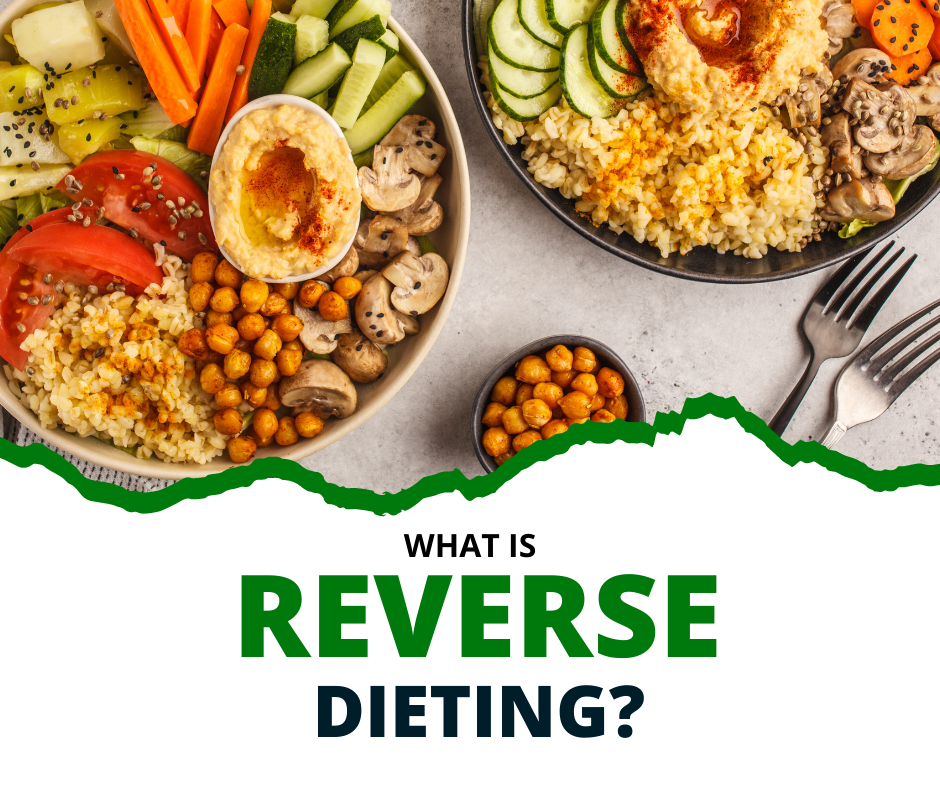
Reverse Dieting..
You may have heard of the phase reverse dieting, but what is it?
Reverse Dieting is pretty much the exact opposite of dieting down, but instead of reducing calories over time you gradually increase them over weeks/months.
Gradually increasing your calories, the idea is to reverse negative adaptations that occur whilst dieting down.
Now you may think this will lead to weight gain, but this is not always the case when it's done well.
Let me dive into what happens when you reduce calories in a fat loss phase…
1- The biggest one is metabolic adaptation..
Your body will adapt to the amount of calories you eat. Have you ever dropped them, then lost weight but then all of sudden the weight stalls?
This is metabolic adoption and you have to keep dropping them to continue the weight to drop.
2- Your basic metabolic rate will decline.
This is the amount of energy you need to live. You end up burning less calories at a resting state.
3- You find your workouts being tough and performance decreases.
The big thing I see is people reducing their calories, so low and perform high metabolic type workouts. You may be able to do this for a short while, but you will soon crash and feel exhausted.
4- Your TDEE (Total Daily Energy Expenditure) declines. Activity outside your gym workouts decline which means you are reducing energy out.
5- Digestion slows down.
The idea of reverse diet is we can reverse these adaptations but you need to add calories slowly over time and the length of the reverse diet is different for the individual.
Here is some examples:
1- How long have they been dieting for?
2- How far away are they from their maintenance calories?
3- How far away are they from reaching their fat loss goals?
Who would gain from the reverse diet approach?
1- Someone who has reached their goals and want to maintain their results. Wants to eat more but not gain weight.
2-The long term under water. An individual who has spent years on low calories and can't lose weight. We then take the reverse diet approach before dropping calories down again.
I would say if you are reading this and think I need to reverse diet.
Make sure you are confident about how many calories you are actually consuming. The big thing i hear is clients say they don't eat much and can't lose weight but when they start tracking their calories they are consuming more than they realise.
Hope this clears up reverse dieting well. If you would like to learn how to reverse diet, then get in contact.

